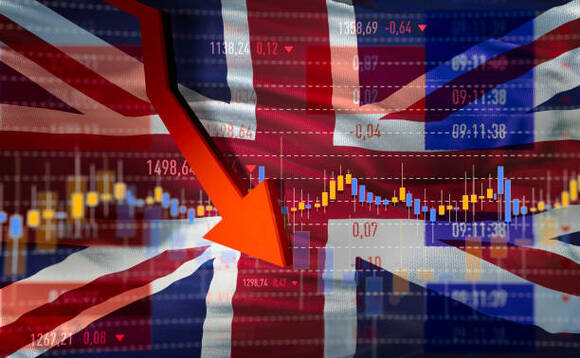Federal Reserve officials took a dovish stance in March's FOMC meeting yesterday, signalling that interest rates are likely to remain unchanged until 2024, despite a significant upgrade to US growth forecasts.
The Fed increased its US growth expectations for the year to 6.5% from the 4.2% forecast in December, which would mark the fastest economic expansion since 1984, on the back of fiscal stimulus and an accelerating vaccine rollout.
However, over the next two years, real GDP growth is expected to drop to 3.3% and then 2.2%, respectively.
Officials also expect unemployment to drop from 6% to 3.5% by 2023, while core personal consumption expenditure inflation is expected to rise beyond the 2% target to 2.2% this year, before dropping back down to 2% in 2022 and 2.1% in 2023.
Despite this, the Fed has remained dovish, signalling that rates will remain unchanged throughout 2023.
Anna Stupnytska, global economist at Fidelity International, said: "The combination of incredibly easy financial conditions, which hardly tightened over the past few weeks, accelerating vaccination campaign, another substantial fiscal package recently legislated and re-opening prospects on the horizon is certainly boosting Fed's tolerance to higher yields."
Willem Sels, CIO for private banking and wealth management at HSBC, noted that "this should all provide some comfort to bond markets, which had been worried about future tightening of interest rate policy and a possible reduction in bond purchases", while the potential for slightly higher inflation will also be welcomed by equity markets.
Yet Paul O'Connor, head of multi-asset at Janus Henderson Investors, warned that while bond markets can take comfort from the Fed going slowly with rate hikes, "the monetary tide is nevertheless turning".
"Whereas, back in December, only five of 18 Fed officials predicted higher rates in 2023, seven now expect a rate hike in that year and a third of the committee expects that more than one will be needed," he said.
"Four participants now project hikes for 2022, compared to just one in December."
He added that the June FOMC meeting "could be more challenging" for chairman Powell, as the questions that had been avoided during this month's meeting "will linger over the months ahead and may well have become more urgent by June".
Silvia Dall'Angelo, senior economist at the International Business of Federated Hermes, agreed that "going forward, the Fed will face intensifying and opposite tensions".
She said: "On the one hand, the recovery will continue to need the support from easy policies as the labour market gradually heals and inflation goes sustainably back to target.
"On the other hand, there is a creeping concern that the massive fiscal stimulus provided so far will lead to an overheating economy and runaway inflation.
"The former force will prevail for now, also supported by risk management considerations - at this stage doing too little is deemed riskier than doing too much."









